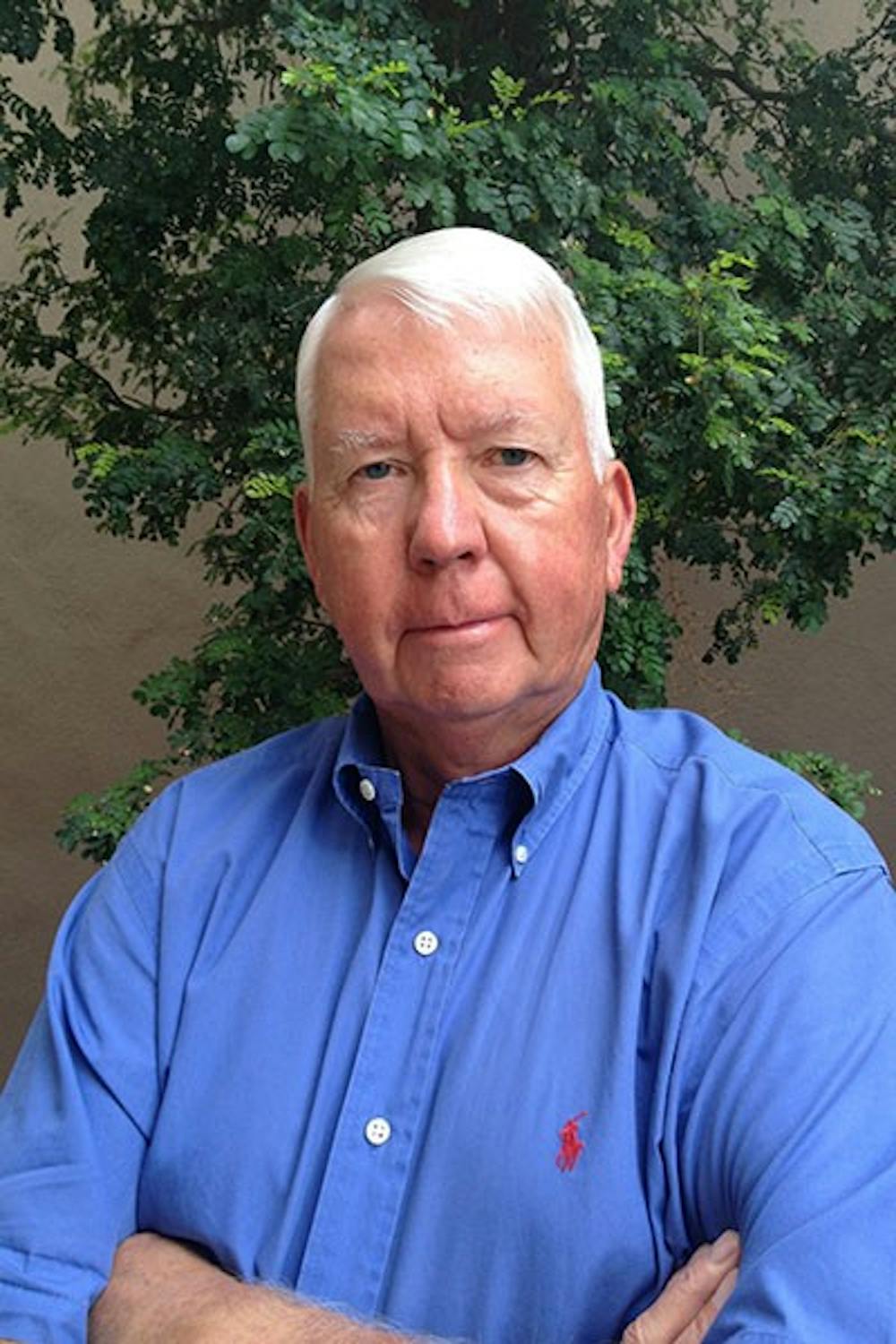ASU professor Charles Arntzen has struck gold on a combination of antibodies in tobacco plants that could provide a cure for the feared Ebola virus.
The recent outbreak of the Ebola virus, a fatal disease marked by fever and severe internal bleeding, in west Africa has caused much commotion and fear among citizens around the globe, but Arntzen's treatment may provide a cure.
Arntzen did not expect success for another two to three years, but the recent Ebola outbreak spurred a need for his treatment, which had only been previously tested on animals.
“I’m truly flabbergasted,” Arntzen said. “I never thought that our treatment would be successful this early on.”
In 2002, Arntzen was given a grant by the U.S. Army as part of the Army's intiative to fund research on potential outbreaks of viruses. Since then, he has worked tirelessly with plant combinations to find an Ebola treatment.
Arntzen said tobacco was the perfect plant for their needs.
“Tobacco grows very quickly and is amenable to many human viruses,” he said. “In addition, by using tobacco, we are able to speed up the production of this treatment by months.”
Although it had never been tested on humans, the treatment was approved by an unnamed U.S. government official. It was recently sent to Africa to be administered upon consent to those who had contracted the virus, including two Americans who were released from the Emory University Hospital in Atlanta on Thursday.
“I think they felt like they had nothing to lose,” Arntzen said. “You’re staring down death with this virus, so why not give yourself the opportunity to be healed with the treatment?”
He said the treatment, called ZMapp, was made by Mapp Biopharmaceutical in San Diego, whose researchers worked with Arntzen’s as well as those at Kentucky BioProcessing.
“The folks in Kentucky were instrumental in the production of this treatment,” he said. “Unlike us at ASU and at most college research departments, they have the facilities to mass-produce the treatment very quickly.”
Arntzen also credited the savvy San Diego researchers, who Arntzen said are "the antibody experts."
Qiang Chen, a faculty member at Center for Infectious Diseases and Vaccinology at the Biodesign Institute at ASU, marveled at the treatment's success.
“I was impressed by how quickly and apparently it worked in the two American patients,” he said.
ASU professor Hugh Mason is one of Arntzen’s closest colleagues. He said the treatment is a chain of antibody proteins in tobacco leaves that work to neutralize the virus.
“With the advent of recombinant DNA technology, it is now possible to produce specific antibody proteins in plant leaves,” Mason said.
He said he believes the treatment, which is not yet FDA-approved, is being used as a last resort, but he said researchers at Mapp Biopharmaceutical are involved in discussions with U.S. health authorities about increasing production of the antibodies.
“Whoever approved it for use on the two Americans saw it as a desperate measure that had a substantial potential for success,” he said.
Reach the reporter at justin.toscano@asu.edu or follow him on Twitter @JustinToscano3





